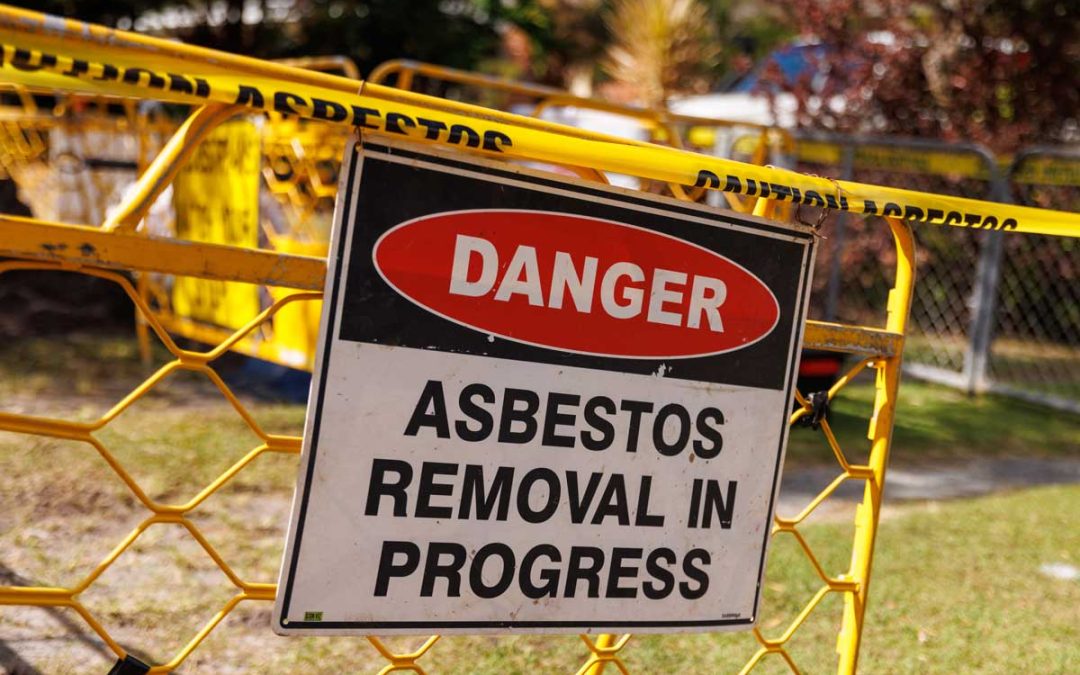Asbestos, a naturally occurring mineral once widely used in construction materials for its heat resistance and insulating properties, has been found to pose significant health risks. When asbestos-containing materials are disturbed, they can release tiny fibers into the air. Inhaling these fibers can lead to severe respiratory diseases, including asbestosis, lung cancer, and mesothelioma. Therefore, understanding the importance of asbestos testing is crucial for ensuring a safe living and working environment.
The Concept of Asbestos Testing
Asbestos testing involves the collection and analysis of samples from materials suspected of containing asbestos. Common materials that may contain asbestos include insulation, ceiling tiles, drywall and sheetrock, and other construction materials. The primary goal of asbestos testing is to identify the presence of asbestos fibers and determine their concentration.
There are two main types of asbestos testing: bulk sample analysis and air sampling. Bulk sample analysis involves collecting small pieces of material suspected of containing asbestos and sending them to a laboratory for analysis. Air sampling, on the other hand, measures the concentration of asbestos fibers in the air to assess the potential exposure risk.
Importance of Asbestos Testing
The significance of asbestos testing cannot be overstated. Here are several reasons why it is essential:
- Health and Safety: Asbestos fibers are hazardous when inhaled. Testing helps identify the presence of asbestos and prevents exposure to its harmful effects.
- Regulatory Compliance: Many regions have strict regulations regarding the handling and removal of asbestos. Testing ensures compliance with these laws and helps avoid legal penalties.
- Informed Decision-Making: Knowing whether asbestos is present in a building allows property owners and managers to make informed decisions about asbestos abatement and removal, ensuring the safety of occupants.
- Preventing Contamination: Asbestos testing helps prevent the spread of asbestos fibers during renovations or demolitions, protecting workers and the environment.
Procedures for Asbestos Testing
The process of asbestos testing involves several key steps:
- Inspection: A qualified asbestos inspector conducts a thorough visual inspection of the property to identify materials that may contain asbestos, such as insulation, ceiling tiles, drywall, and sheetrock.
- Sample Collection: The inspector carefully collects samples of suspected asbestos-containing materials using appropriate safety protocols to prevent fiber release.
- Laboratory Analysis: The collected samples are sent to a certified laboratory for analysis. The laboratory uses specialized techniques, such as polarized light microscopy (PLM) or transmission electron microscopy (TEM), to identify and quantify asbestos fibers.
- Reporting: Once the analysis is complete, the laboratory provides a detailed report indicating the presence and concentration of asbestos fibers in the tested materials.
- Abatement Planning: If asbestos is detected, a comprehensive asbestos abatement and removal plan is developed. This plan outlines the procedures for safely removing and disposing of asbestos materials to mitigate health risks.
Conclusion
Asbestos testing is a critical step in maintaining a safe environment in buildings that may contain asbestos insulation, ceiling tiles, drywall, or other materials. By identifying the presence of asbestos and implementing appropriate abatement measures, property owners can protect the health of occupants and ensure compliance with safety regulations. For effective asbestos testing and remediation, it is essential to engage qualified professionals who can provide accurate analysis and safe removal services.

